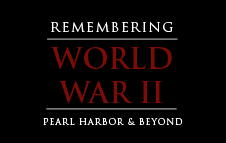
The Holocaust touched over 2/3 of the Jews in Europe. Camps like Auschwits-Birkenau, Majdanek and Chelmno were devoted to extermination. Prisoners at other camps often met death as a result of maltreatment. Dr. Wallace E. Hess noted that “the [Germans] were starving them.”
Holocaust survivor, George Salton, recalls the liberations, I noticed many prisoners yelling and screaming and jumping and dancing. And there standing amongst them were seven giants, young people. They must have been 18 or 19 . . . American soldiers. . . .They were bewildered by us. Wild and unkempt and dirty and, I’m sure, smelly people, jumping and dancing and trying to embrace them and kiss them. And I did too. I also joined the crowd and yelled and screamed and somehow knew that the day of liberation has come. (Interview, National Holocaust Museum, Washington, D.C., 1995)
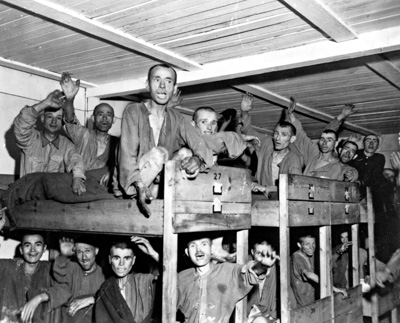 Jay Heslop Photograph
Jay Heslop PhotographTaken during the liberation of concentration camps
Dr. Wallace E. Hess
Dr. Wallace E. Hess was one of the doctors who participated in the liberation of the Jewish Concentration Camps. According to his journals, it is likely that Flossenburg was one of the camps he went into. Flossenburg was established in 1938 and over 111,000 prisoners were housed there during the war. Around 73,000 did not make it out alive.
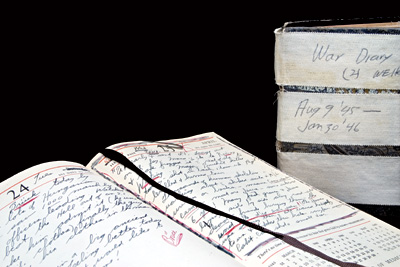 Dr. Wallace E Hess Journals
Dr. Wallace E Hess JournalsDr. Hess wrote of his experiences:
Thousands of human skeletons walking about with striped suits and “K/L” written on backs — means Concentration Camp — most are Jews — some interred 6 years!
Many fresh grave and Jews laying side by side along road — all dead with friends burying them — the worst site I’ve ever seen!! The Heines were starving them — all waved happily to us and tipped their hats — very few women.
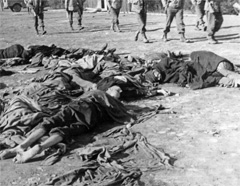
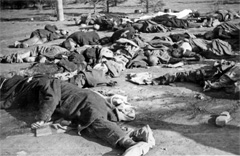
Jay Heslop Photographs
Photos taken during the liberation of concentration camps. Heslop photos are part of L. Tom Perry Special Collections, Photo Archives.
